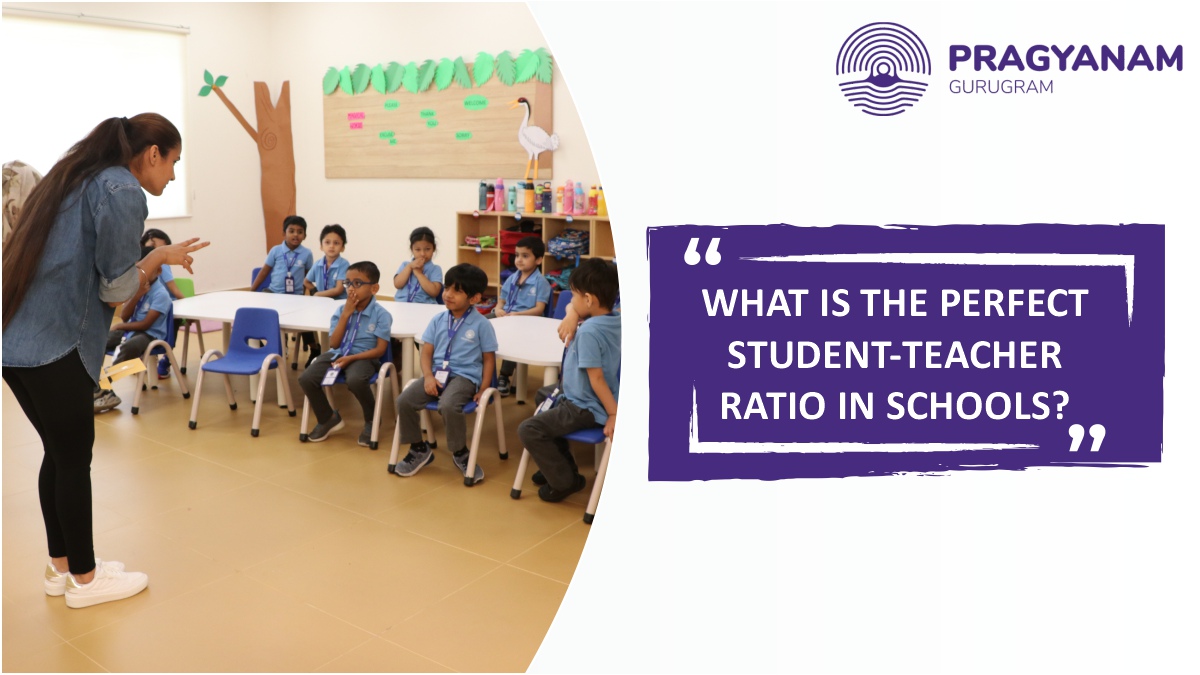
We all know that the student-teacher ratio is an essential aspect of a school’s educational program. Many parents in fact consider this specific point when they are planning school admission for their child. For those who are unaware, the student-teacher ratio refers to the number of students in a class divided by the number of teachers. Generally, a low student-teacher ratio is desirable in all schools because it allows for more personalized attention and support for each student. Even after so many research studies, the perfect student-teacher ratio is still a subject of debate. But there are experts that agree that a ratio of 1:10 is ideal. In this blog, we are going to discuss the benefits of a 1:10 student-teacher ratio and how it can help in child learning. But first let’s discuss what is a student-teacher ratio, its importance, and then everything about it.
Table of Contents
What Is Student Teach Ratio?
The student-teacher ratio is a straightforward calculation of the proportion of full-time equivalent teachers to pupils enrolled at a given school. This is a very high-level approach to assessing educational systems in order to gauge the level of individual attention given to students and the workload of teachers. Now, let’s discuss in detail everything we should know about the perfect student-teacher ratio in schools.
Importance of Correct Student-Teacher Ratio In Schools
The student-teacher ratio is an important factor in determining the quality of education provided in schools. If you prefer the best CBSE school in Gurgaon, you will notice the correct student-teacher ratio in their classes. When teachers work with fewer students, the more closely they will be able to adapt their teaching to specific learning styles. Not just that, a lower student-teacher ratio also lightens the workload on teachers and helps them focus on quality rather than the quantity factor of their teaching as well as the grading. A low student-teacher ratio is a crucial factor that helps in providing a high-quality education for students and schools should strive to maintain an appropriate ratio to support student learning and success.
How 1:10 Is The Correct Student-Teacher Ratio?
First of all, let’s discuss what are the benefits of the 1:10 ratio and how it helps in promoting better learning.
Improved Academic Performance: When you have a low student-teacher ratio, it helps in improving academic performance. According to various studies, students in smaller classes tend to score higher on tests and are more likely to graduate from high school and attend college.
Provides Personalized Attention: A 1:10 ratio allows for more personalized attention and support for every student. Teachers can easily get to know every individual student’s weaknesses and strengths. This enables them to tailor their teaching methods and provide individualized instruction.
Better Behavior Management: When you have a lower ratio, it becomes easier for the teachers to effectively manage student behavior. Additionally, it can intervene quickly when students are disruptive and it can provide more positive reinforcement for good behavior.
Increases Student Engagement: When classes are smaller, students are more likely to participate in discussions and activities. This is because they feel comfortable asking questions and expressing their opinions. All of this results in more engagement and interactive classroom experiences.
Better Teacher Job Satisfaction: Teachers who work in smaller classes tend to report higher job satisfaction. Teachers feel better and think as if they are making a much more significant impact on the lives of their students. They also easily provide students with better-personalized interactions.
So, these are the reasons that make this ratio the correct one for schools. It’s time to discuss how this ratio helps in better learning for the students.
How Does A 1:10 Student-Teacher Ratio Helps In Child Learning?
Now, let’s discuss how the 1:10 student-teacher ratio can be very beneficial for a child’s learning. Here are some of the most positive ways, this ratio helps both teachers and students.
More Effective Differentiation: In a class with a 1:10 student-teacher ratio, it allows teachers to differentiate instructions to each student more effectively. Teachers can easily tailor their teaching methods to each student’s learning style. All of this help in providing more targeted support for students who are struggling.
Better Individual Interaction: When you have a low student-teacher ratio in class, it gives teachers the opportunity to devote more time to each student. Not just that, it becomes easy for the teachers also to give individualized instruction and support which helps students learn more effectively.
Better Feedback: A small student-teacher ratio also makes it easier for the teachers to manage the class. In addition, teachers can provide more detailed and constructive feedback on the student’s work. All of this help students understand their weaknesses and strengths so that they can work on these areas and bring improvement.
Improved Classroom Management: With a smaller class size, teachers can more effectively manage their classrooms. In addition to them, when there are fewer students in the class it also minimizes disruptions and creates a more focused learning environment.
Increased Participation Of Students: In a small class size student is more likely to participate in class discussion and activities. They feel more comfortable asking questions and expressing their opinions which can lead to more engaging and interactive classroom experiences. Teachers also get to know which students are open to interaction and which are not.
Greater Sense of Community: In a 1:10 class ratio class, students and teachers can easily develop a greater sense of community. Both teachers and students get to know each other better. This leads to more positive interactions, and a sense of trust and overall creates a supportive learning environment.
It’s these little factors play a huge role in the development of the child. Additionally, it’s also these factors differentiate schools so that parents or guardians can make the ideal choice for their children without worrying about their future.
CONCLUSION:
In conclusion, we can say that now you know what is the correct student-teacher ratio which is 1: 10. And why not, it’s this ratio of a class that provides students with a personalized, engaging, and supportive learning environment. While there are some schools that do not follow this ratio, there are a few schools in the world that follow this ratio. It is very imperative to prioritize quality education by investing in more teachers and smaller class sizes.
A low student-teacher ratio generates higher participation, better behavior control, and greater job satisfaction for instructors, therefore its advantages extend beyond academic performance. In conclusion, a student-teacher ratio of 1:10 is ideal for a child’s learning, and it ought to be used more frequently in classrooms around the world. So, if you are looking or planning to enroll your students in a new school then make sure you keep a check on the student-teacher ratio the school is offering their students.

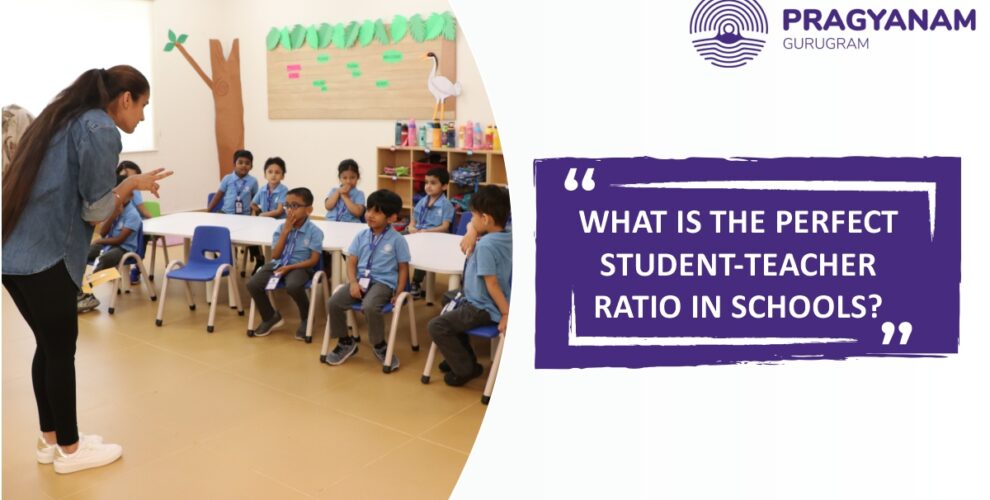
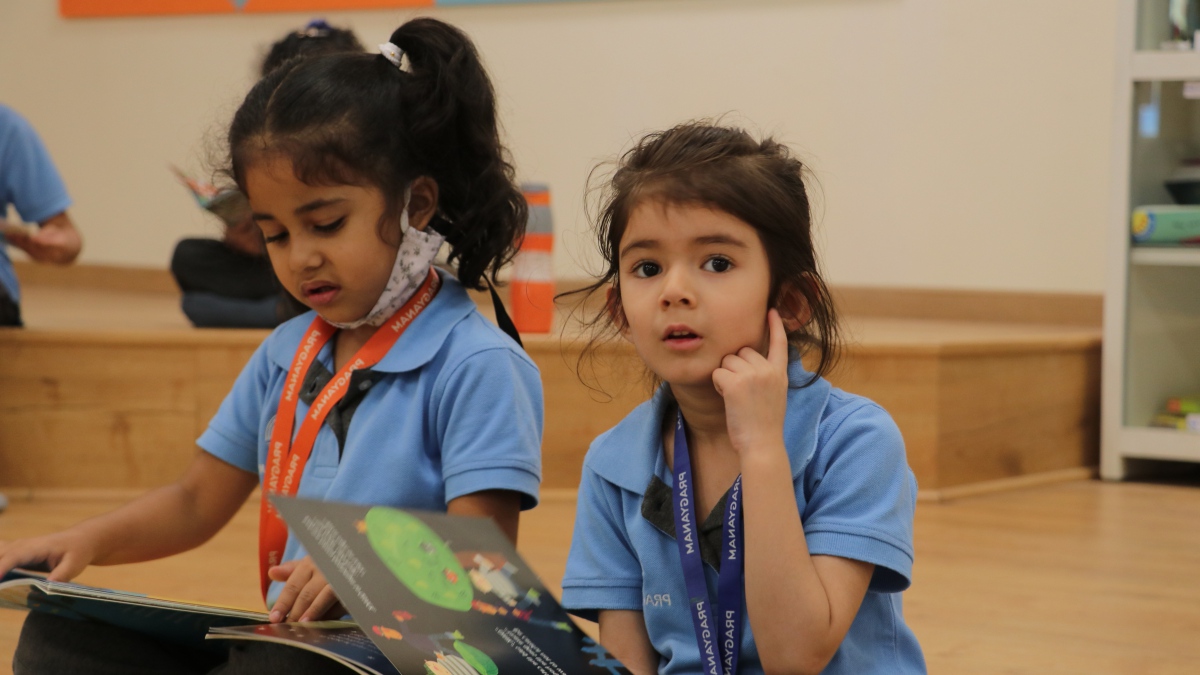
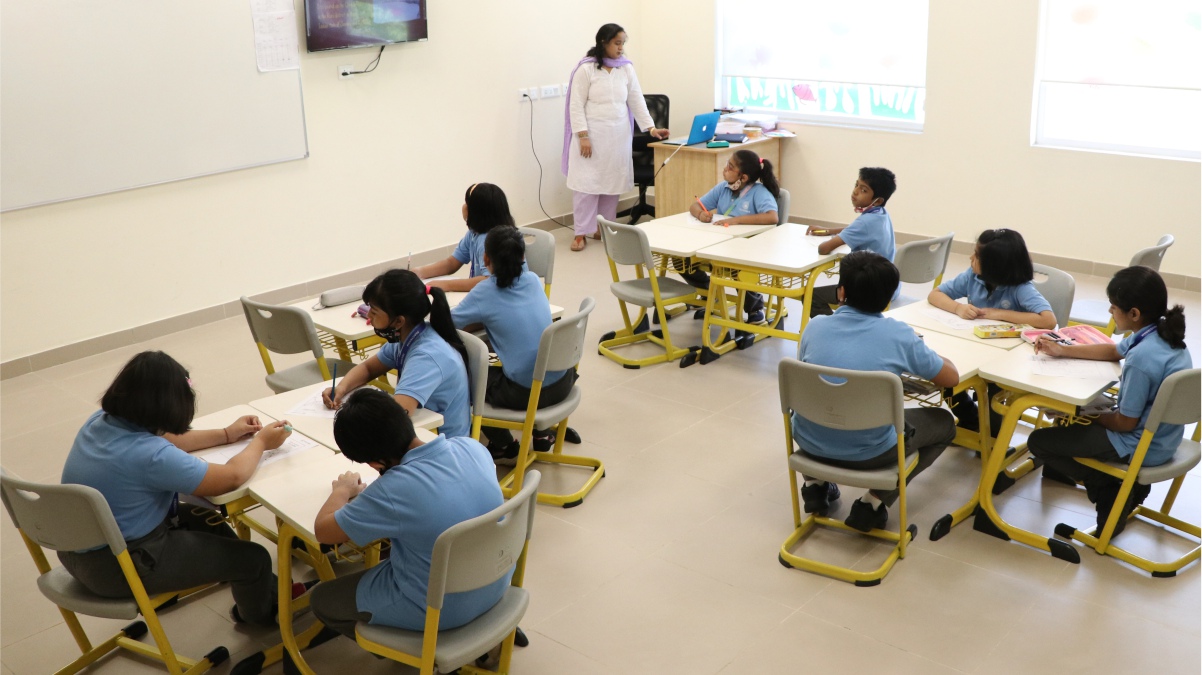
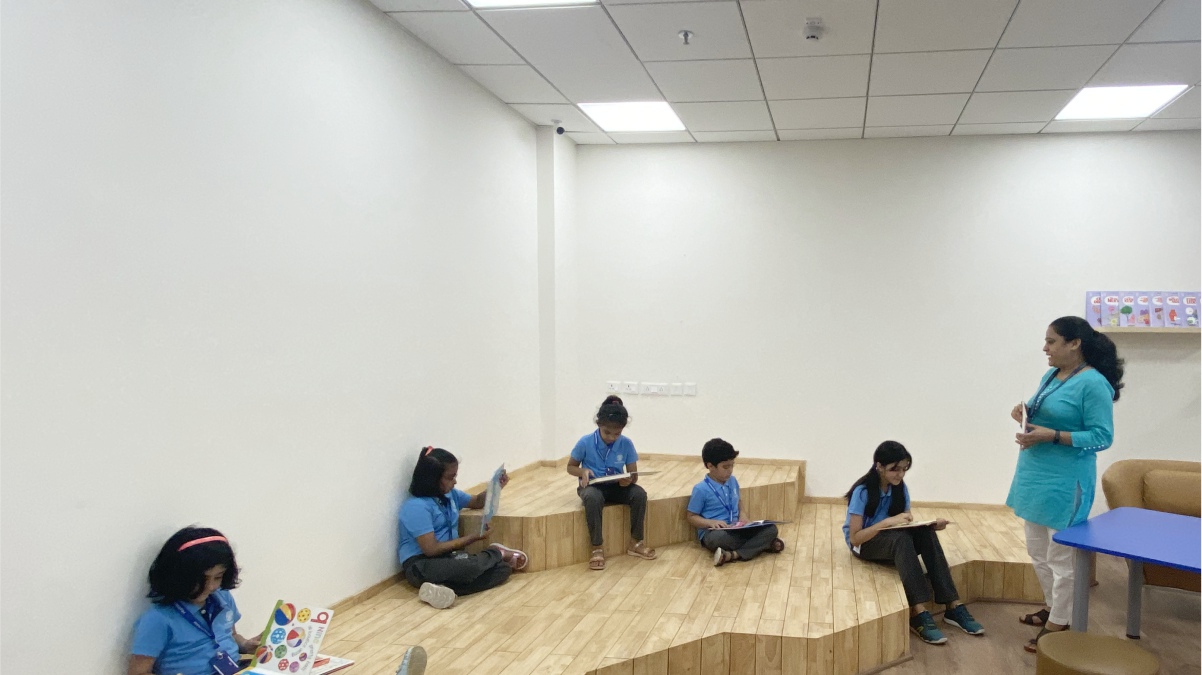




Leave a Reply